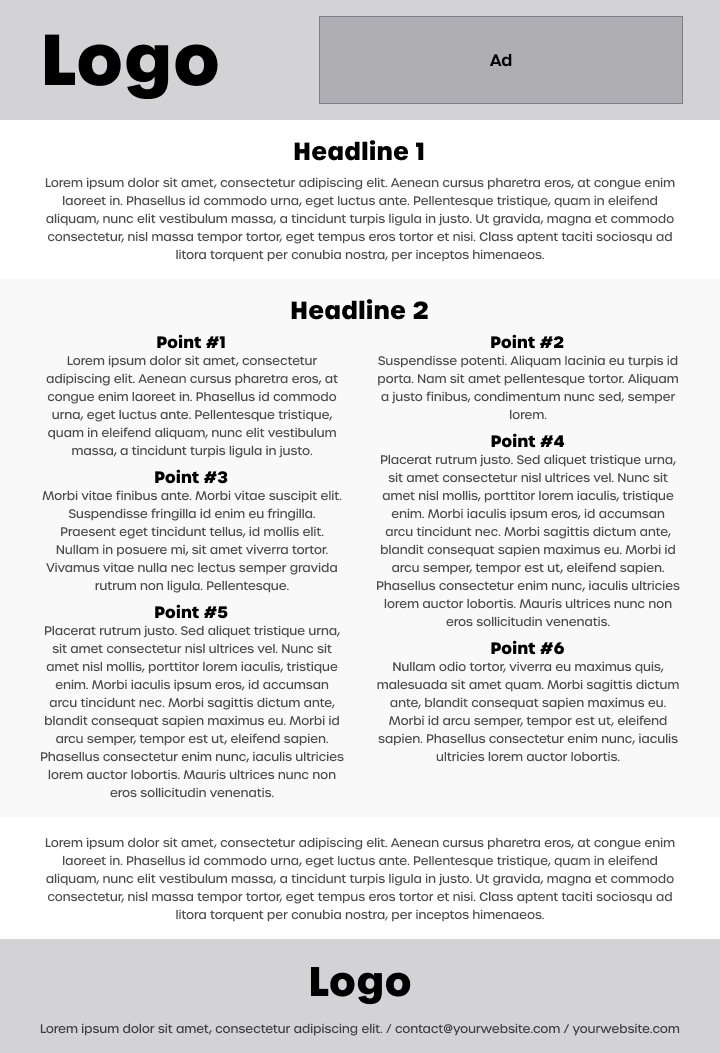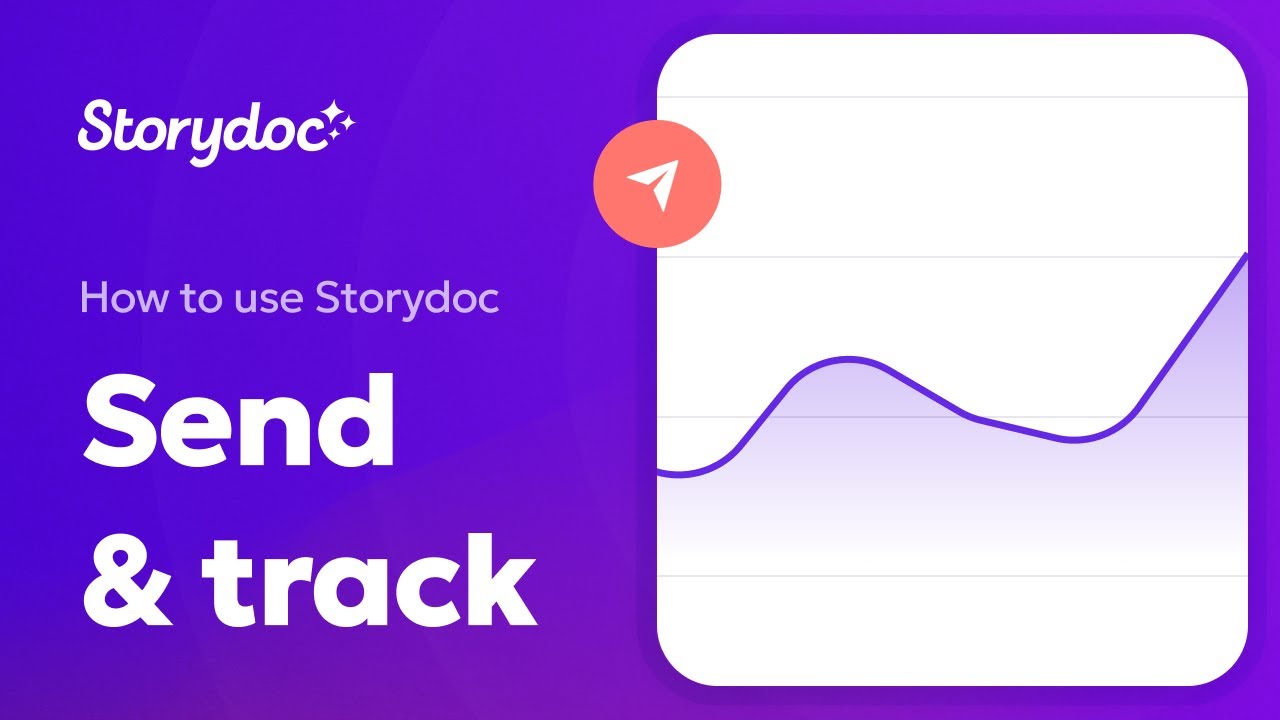What are the main advantages of PDFs?
Alright, let's give our trusty old PDFs their due credit. They've been around for a while and have become a staple in many of our professional lives.
Why? Because they come with a bunch of perks. Let's break them down:
1) Precise design for print
Ever noticed how your PDFs fit just right on an A4 paper? That's no accident. PDFs are designed for A4 printing, ensuring your documents look sharp and professional every time you hit 'print'.
2) Graphic consistency across devices
Whether you're viewing a PDF on a smartphone, tablet, or desktop, it's going to look the same. No weird formatting issues or unexpected layout changes.
3) Convenience
One of the big reasons people rely on PDFs? They're easy to use. Open, view, and you're good to go. No need for fancy software or plugins.
4) Security
Worried about prying eyes? With PDFs, you can set a password to keep your files safe and sound. It's like having a digital lock for your important documents.
5) Shareability
Need to send over a document? With PDFs, it's as simple as hitting 'send'. They retain their format, ensuring that what your recipient sees is exactly what you sent. No unpleasant surprises or format mishaps.
6) Great for printing
Beyond just the A4 size perk, PDFs are print-friendly in general. When you print a PDF, what you see on screen is what you get in hand. The colors, the fonts, the layout—it all comes out just as you designed it.
7) Compact size
Despite packing in a lot of info, PDFs tend to be smaller than many other file types. So, you get all the detail without the digital bulk. You can store and share them without worrying about them hogging all your storage space.
8) Support for some multimedia types
Now, while PDFs aren't the most interactive format out there, they do have some tricks up their sleeve. They can house clickable buttons, hyperlinks, and even support a touch of multimedia.
While it’s just the tip of the iceberg compared to what truly interactive software can offer, it’s a start.

















